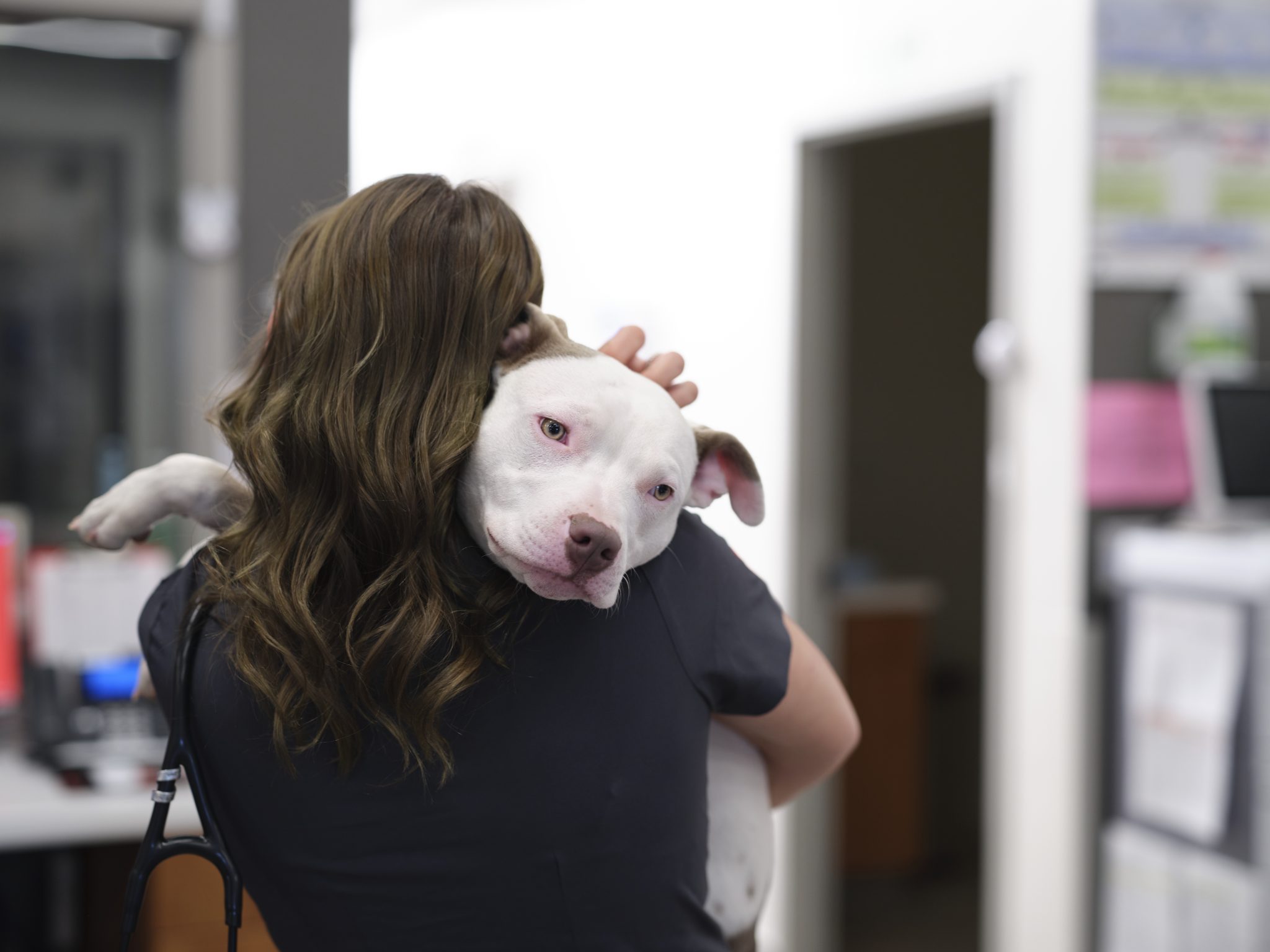
What Are the Symptoms of Antifreeze Poisoning in Dogs and Cats?
Dr. Alexis Marti
Call & Speak with a doctor Open 24/7, Even Holidays!
Walk in today for:
Emergencies
Point-of-Care Ultrasound
Urgent Care
X-Rays
Diagnostics + Testing
End-of-Life Care
Surgery
Treatment + Hospitalization
Every year, many pets become seriously ill due to antifreeze poisoning, and it’s a distressing situation that could often be prevented. Antifreeze, commonly used in cars, contains ethylene glycol, which is extremely toxic to dogs and cats. Dogs are more commonly exposed but cats are extremely sensitive (1 tsp is potentially lethal to an adult cat). Engine leak is the most common source of exposure, and a home garage is the most common exposure location. As responsible pet owners, it’s crucial to recognize the signs of this deadly toxin, so that you can take action immediately.
Why is Antifreeze So Dangerous for Dogs and Cats?
Antifreeze is particularly alluring to pets because of its sweet taste, which can be tempting for our canine companions. It is rapidly absorbed (blood levels detectable in 30 minutes) and just a small amount can be lethal, leading to kidney failure, nervous system damage, and, in many cases, death. As soon as you suspect your dog might have ingested antifreeze, it is essential to seek emergency veterinary attention.
Early Signs of Antifreeze Poisoning
Below are the early symptoms (Within 30 minutes to 12 hours):
Acting Drunk or Uncoordinated
Classic “drunken sailor” behavior: Look for stumbling, dizziness, or any unsteady behavior. These signs may be noted within 1-2 hours of ingestion.
Stuporous mentation (nearly unconscious)
Pets may appear depressed, nearly unconscious within 1-2 hours of ingestion. The stupor phase gradually subsides over several hours and may go unnoticed, especially in outdoor pets. Owner’s might feel that the pet is “getting better.”
Excessive Drinking and Urination
Owners may note a sudden increase in drinking and urination.
Nausea and Anorexia
Some pets might appear nauseous (lip smacking), drool excessively, or even vomit. Some pet’s will also lose interest in eating.
Seizures and Tremors
In more severe cases or larger ingestions, your pet might experience seizures and tremors. This unfortunately indicates a grave prognosis.
Late Symptoms
Read below to know the late symptoms to look out for (12 to 72 hours after ingestion):
Depression or lethargy
Pets will start to gradually show more weakness and depression. They may seem particularly tired and uninterested in their surroundings.
Difficulty Breathing
Respiratory issues can arise, and your pet might start breathing quicker and more labored than normal.
Kidney failure
Symptoms might include a decrease or cessation of urine production, painful kidneys (pain when the back area is touched), vomiting and anorexia.
Coma
In the worst cases, pets might fall into a coma.
Immediate Actions to Take
If you believe your pet has ingested antifreeze, time is of the essence. The greatest window of opportunity for intervention is <8-12 hours after exposure in dogs, and <2 hours after exposure in cats. Do not wait to see if symptoms develop. The prognosis is worse >12-24 hours after ingestion, when overt clinical signs are prominent. It’s crucial to act immediately:
Contact Your Veterinarian or an Emergency Vet Immediately
Explain the situation clearly, including the amount you believe was ingested and any symptoms you’ve noticed.
Don’t Try At Home Treatments
While it’s tempting to search for a quick remedy, this could lead to more harm.
Keep Your Pet Calm
As you prepare to take your pet to the vet, keep them as calm and comfortable as possible.
Prevention is the Best Cure
The best way to prevent antifreeze poisoning is to ensure that your pet never comes into contact with it. Below are tips to follow:
- Store antifreeze securely: Make sure it’s out of your pet’s reach and in a sealed container.
- Check your car for leaks: Even a small puddle can be tempting for your pet.
- Clean up any spills immediately: If you spill any antifreeze, clean it up right away and prevent your pet from accessing the area. You can use cat litter to clean up spills.
- Use pet-safe antifreeze: There are antifreeze products available that are less toxic to pets. Consider switching to one of these options.
VEG is Here to Help
At the Veterinary Emergency Group (VEG), our team is trained to handle emergency situations like antifreeze poisoning. If you suspect your pet has ingested antifreeze or is showing any related symptoms, do not hesitate to visit one of our locations. We prioritize your pet’s health and well-being.
In conclusion, awareness is the key. Understanding the symptoms of antifreeze poisoning and acting promptly can mean the difference between life and death for your furry friend. Always be vigilant and put safety measures in place to protect your pet from such dangers.

